Abstract
A prediction model using a linear regression model and Artificial Neural Network for the abrasive water jet machining of Aluminum-alloy 7024 was the main objective of this study. The abrasive water jet experiments were carried out based on the Taguchi Design. The influence of three independent variables such as pressure (200, 250, 300, and 350 MPa), feed rate (40, 60, 80, and 100 mm/min), and Gap or standoff distance (1, 2, 3, and 4 mm) as input and use Surface Roughness (Ra) were examined using analysis of variance (ANOVA) as output. The ANOVA response graphs show that pressure has the greatest impact on Ra as a function of feed rate and Gap. The regression model was sophisticated between the studied factors and the response. The confirmation tests show that the regression models are in well approval. The estimated determination of the coefficient value was (0.96). As a result, the maximum error between the obtained Artificial Neural Network (ANN) and experimental data is less than the regression model. The prediction model of ANN was found to be more accurate when compared with the regression model. The ANN results have a good acceptance between the predicted and experimental data, with a mean square error of training indices equal to (0.001).
Recommended Citation
Ahmed, Baqer A.; Abdullah, Mostafa Adel; and Ghazi, Safaa Kadhim
(2024)
"Surface Roughness of Aluminum Alloy 7024 Predicted by Linear Regression and Neural Network Model in Abrasive Water Jet Machining,"
Al-Bahir: Vol. 4:
Iss.
2, Article 7.
Available at: https://doi.org/10.55810/2313-0083.1060
References
[1] Natarajan Yuvaraj, Murugesan PK, Mohan M, Khan SAL. Abrasive water jet machining process: A state of the art of review. Manuf Process 2020;49:27 1-322. https://doi.org/ 10.1016/j.jmapro.2019.11.030.
[2] Natarajan Yuvaraj, Govindan P. A review on the abrasive water jet. Int J Recent Adv Mech Eng 2014;3:15 3-8. https:// doi.org/10.14810/ijmech.2014.3313.
[3] Yuvaraj N, Pradeep Kumar M. Multiresponse optimization of abrasive water jet cutting process parameters using TOPSIS approach. Mater Manuf Process 2015;30:88 2-9. https://doi.org/10.1080/10426914.2014.994763.
[4] Shibin R, Anandakrishnan V, Sathish S, Sujana VM. Investigation on the abrasive water jet machinability of AA2014 using SiC as abrasive. Mater Today Proc 2020;21:51 9-22. https://doi.org/10.1016/j.matpr.2019.06.659.
[5] Radovanovica M. Multi-Objective Optimization of Abrasive Water Jet Cutting Using MOGA. Proc Manuf 2020;47:78 1-7. https://doi.org/10.1016/j.promfg.2020.04.241.
[6] Huang CZ, Hou RG, Wang J, Feng YX. The effect of highpressure abrasive water jet cutting parameters on cutting performance of granite. Key Eng Mater 2006;304:560-4. https://doi.org/10.4028/www.scientific.net/KEM.304-305.560.
[7] Khushaal B, Tejas HS, Preran K, Abhishek S, Imran S, Nanjundeswaraswamy TS. Abrasive water jet machining. Int Res J Innov Eng Technol 2019;3(11):61. https://doi.org/ 10.47001/IRJIET.
[8] Aswathy K, Govindan P. Modeling Of Abrasive Water Jet Machining Process. Int J Recent Adv Mech Eng (IJMECH) 2015;4(No.3). https://doi.org/10.14810/ijmech.2015.4305.
[9] Jurkovic Z, Perinic M, Maricic S, Sekulic M, Mandic V. Application of modeling and optimization methods in abrasive water jet machining. J Trends Develop Machin Assoc Technol 2012;16(1):5 9-62.
[10] Nader AJ, Shather SK. Effect of Abrasive Water Jet (AWJ) Parameters on Materials Removal Rate for Low Carbon Steel. Eng Technol J 2022;40(6):88 5-91. https://doi.org/ 10.30684/etj.v40i6.2123.
[11] Khudhir WS, Abbood MQ, Shukur JJ. Multi-Criteria Decision Making of Abrasive Water Jet Machining Process for 2024-T3 Alloy Using Hybrid Approach. Adv Sci Technol Res J 2022;16(5). https://doi.org/10.12913/22998624/154040.
[12] Murugan M, Gebremariam MA, Hamedon Z, Azhari A. Performance Analysis of Abrasive Waterjet Machining Process at Low Pressure. IOP Conf Ser Mater Sci Eng 2018;319: 012051. https://doi.org/10.1088/1757-899X/319/1/012051.
[13] Anu Kuttan A, Rajesh R, Dev Anand M. Abrasive water jet machining techniques and parameters: a state of the art. open issue challenges and research directions. J Braz Soc Mech Sci Eng 2021;43(220). https://doi.org/10.1007/s40430- 021-02898-6.
[14] Wessels V, Grigoryev A, Dold C, Wyen CF, Roth R, Weingartner E, Pude F, Wegener K, Loffler JF. Abrasive waterjet machining of three-dimensional structures from bulk metallic glasses and comparison with other techniques. J Mater Res 2012;27(8):118 7-92. https://doi.org/10.1557/ jmr.2012.36.
[15] Madival AS, Doreswamy D, Shetty R, Naik N, Gurupur PR. Optimization and prediction of process parameters during abrasive water jet machining of hybrid rice straw and furcraea foetida fiber reinforced polymer composite. J Compos Sci 2023;7(5):189. https://doi.org/10.3390/ jcs7050189.
[16] Ramulu M, Isvilanonda V, Pahuja R, Hashish M. Experimental investigation of abrasive waterjet machining of titanium graphite laminates. Int J Autom Technol 2016;10(3): 39 2-400. https://doi.org/10.20965/ijat.2016.p0392.
[17] Smith J, Johnson A, Brown R. Comparative analysis of regression and neural network models for surface roughness prediction in AWJM process. J Manuf Eng 2018;32(5):78 9-98. https://doi.org/10.1016/j.jmfgeng.2018.04.009.
18] Chen Q, Li W, Zhang H. Prediction of surface roughness in AWJM process using regression and artificial neural network. Int J Adv Manuf Technol 2018;96( 1-4):15 7-65. https://doi.org/10.1007/s00170-018-1815-9.
[19] Wang L, Zhang Y, Liu X. Prediction of surface roughness in abrasive water jet machining using regression and artificial neural network models: A comparative study. J Mater Process Technol 2019;267:17 6-84. https://doi.org/10.1016/ j.jmatprotec.2018.10.027.
[20] Liu M, Zhang G, Li Y. Prediction of surface roughness in AWJM process using regression and neural network models: An experimental investigation. J Manuf Syst 2019;50:1 2-20. https://doi.org/10.1016/j.jmsy.2019.01.003.
[21] Zhang K, Wang C, Li Z. Prediction of surface roughness in AWJM process using multiple regression and artificial neural network models. J Manuf Process 2019;48:34 7-55. https:// doi.org/10.1016/j.jmapro.2019.06.015.
[22] Lee S, Kim D, Park S. Surface roughness prediction in AWJM process using regression and neural network models with optimization techniques. Int J Precis Eng Manuf 2020;21(9): 15 2-60. https://doi.org/10.1007/s12541-020-00369-8.
[23] Gupta R, Singh A, Sharma S. Comparative analysis of regression and neural network models for surface roughness prediction in AWJM process. Mater Today Proc 2020;27: 139 7-402. https://doi.org/10.1016/j.matpr.2020.03.763.
[24] Sharma V, Jain P, Kumar A. Hybrid model for predicting surface roughness in AWJM process using regression and neural network techniques. J Mech Sci Technol 2020;34(1): 33 9-47. https://doi.org/10.1007/s12206-019-1223-3.
[25] Patel S, Parikh P, Patel V. Prediction of surface roughness in AWJM process using regression and neural network models: An experimental study Materials Today. Proceedings 2020; 33(1):308 2-6. https://doi.org/10.1016/j.matpr.2020.07.537.
[26] Nguyen T, Pham D, Vo T. Comparative analysis of regression and neural network models for surface roughness prediction in AWJM process. J Mech Eng Res Develop 2021; 44(3):1 7-24. https://doi.org/10.26480/jmerd.03.2021.17.24.
[27] Kim J, Han S, Park J. A hybrid model for predicting surface roughness in AWJM process using regression and neural network techniques with particle swarm optimization. Int J Precision Eng Manuf Green Technol 2021;8(3):85 9-70. https://doi.org/10.1007/s40684-021-00300-8.
[28] Wang Y, Liu C, Zhang Y. Prediction of surface roughness in AWJM process using regression and deep neural network models. J Mech Sci Technol 2021;35(7):334 7-56.
[29] Singh A, Singh G, Dhiman S. Surface roughness prediction in AWJM process using regression and artificial neural network models with optimization techniques.Mater Today Proc 2022; 56:58 7-92. https://doi.org/10.1016/j.matpr.2022.07.687.
[30] Somani N, Walia AS, Gupta NK, Panda JP, Das A, Das SR. Data driven surrogate model-based optimization of the process parameters in electric discharge machining of D2 steel using Cu-SiC composite tool for the machined surface roughness and the tool wear. Rev Metal (Madr) 2023;59(2): e242.
[31] Sharma K, Sharma V, Gupta A. Prediction of surface roughness in abrasive water jet machining using regression and artificial neural network models: A comparative study. Mater Manuf Process 2022;37(6):65 9-72. https://doi.org/ 10.1080/10426914.2022.2102576.
[32] Patel S, Jain V, Jha P. Surface roughness prediction in AWJM process using regression and neural network models: An optimization approach. J Manuf Process 2023;80:29 5-304. https://doi.org/10.1016/j.jmapro.2023.01.024.
[33] Kumar R, Sharma S, Verma A. Comparative analysis of regression and artificial neural network models for surface roughness prediction in abrasive water jet machining. Int J Abras Technol 2023;12(1):4 3-59. https://doi.org/10.1504/ IJAT.2023.10042341.
[34] Al-Kubaisi OKI. Prediction of the effect of using stone column in clayey soil on the behavior of circular footing by ANN model. J Eng 2018;24(5):8 6-97. https://doi.org/ 10.31026/j.eng.2018.05.06.
[35] Al-Musawi NOA. Application of artificial neural network for predicting iron concentration in the location of Al-Wahda water treatment plant in Baghdad city. J Eng 2016;22(9): 7 2-82.
[36] Al-Saady AM, Rezouki SE. Artificial neural network models to predict the cost and time of wastewater projects. J Eng 2023;29(1):9 3-103. https://doi.org/10.31026/j.eng.2023. 01.06.
[37] Das A, Das SR, Panda JP, Dey A, Gajrani KK, Somani N, Gupta NK. Machine Learning-based modeling and optimization in hard turning of AISI D6 steel with advanced AlTi- SiN-coated carbide inserts to predict surface roughness and other machining characteristics. Surf Rev Lett 2022;29(10): 2250137.

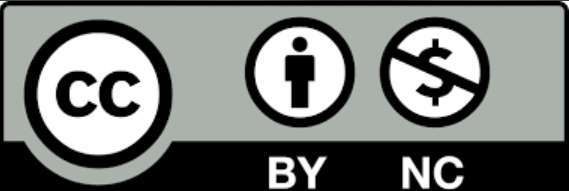








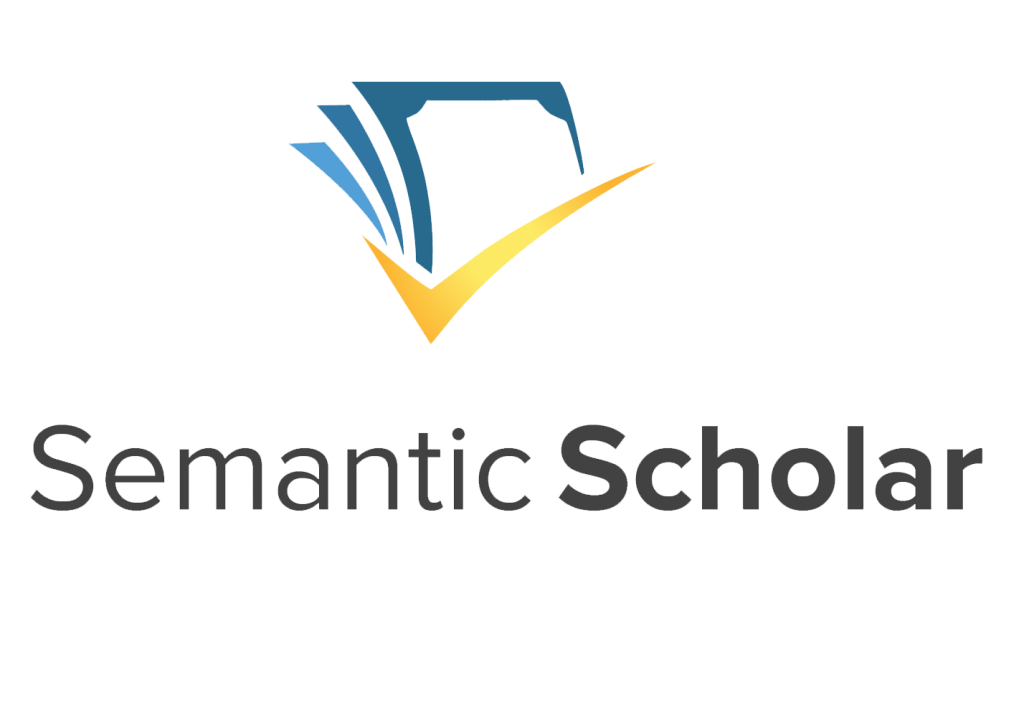
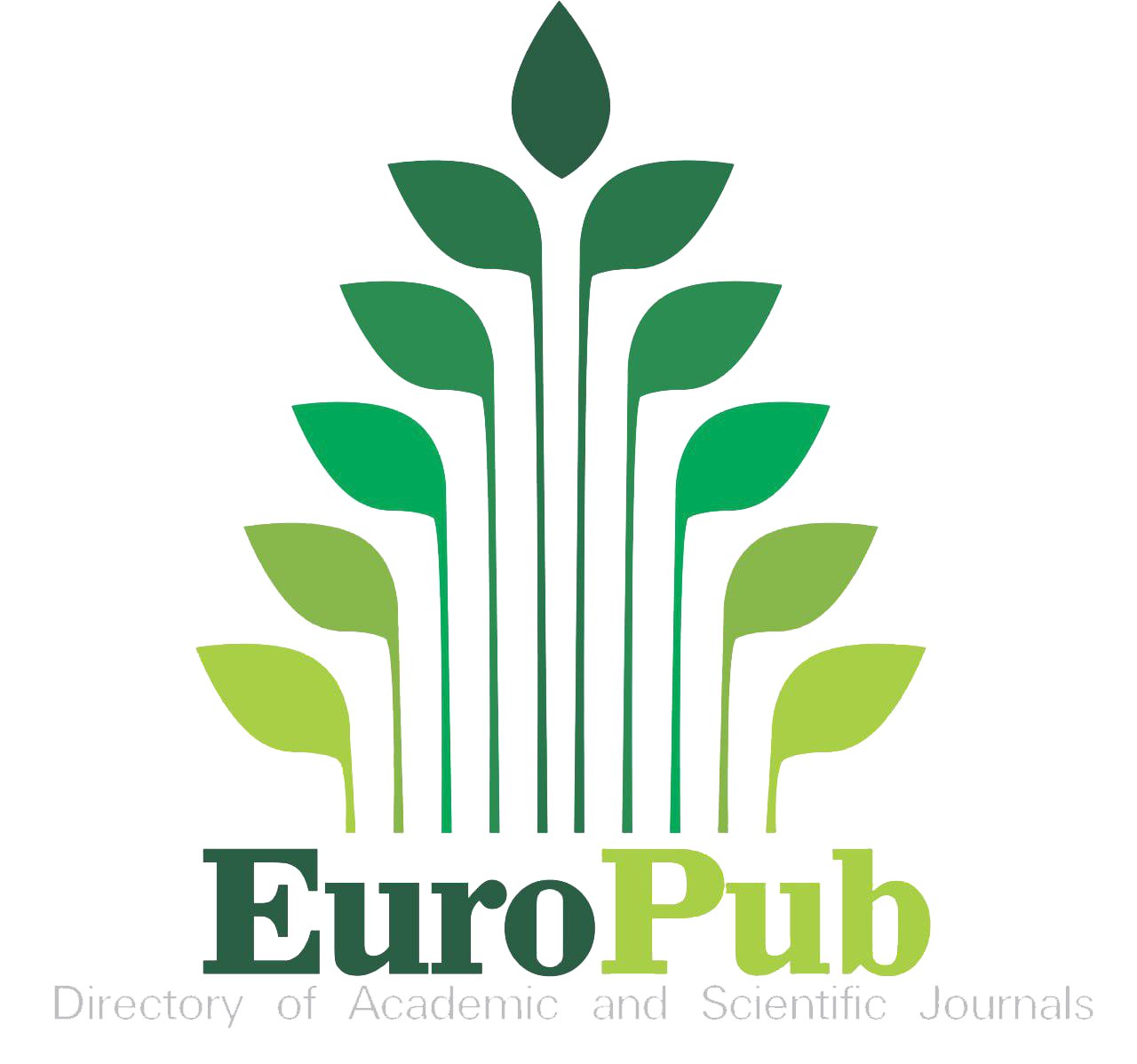


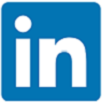
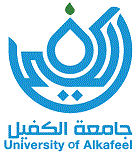
Indexed in: